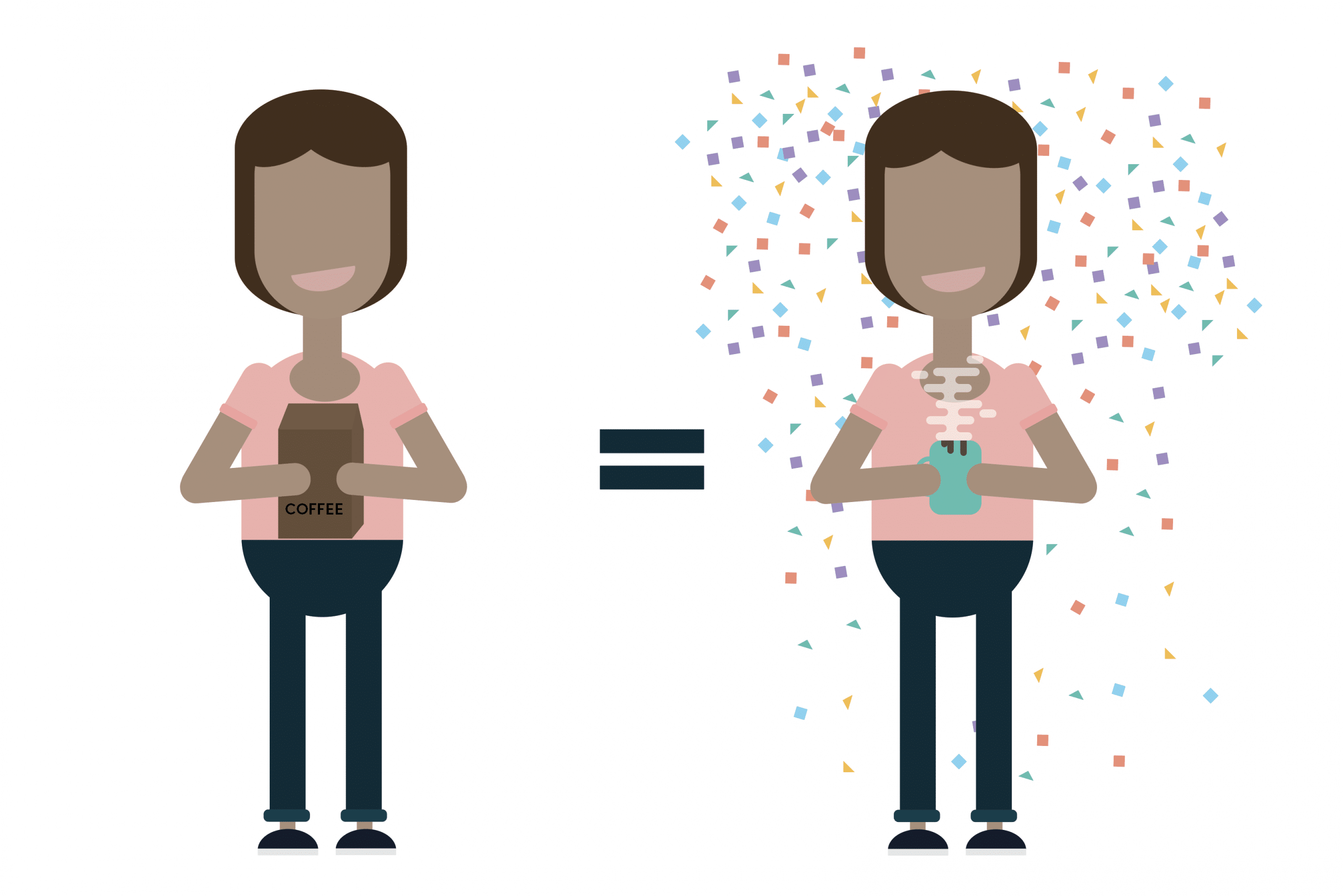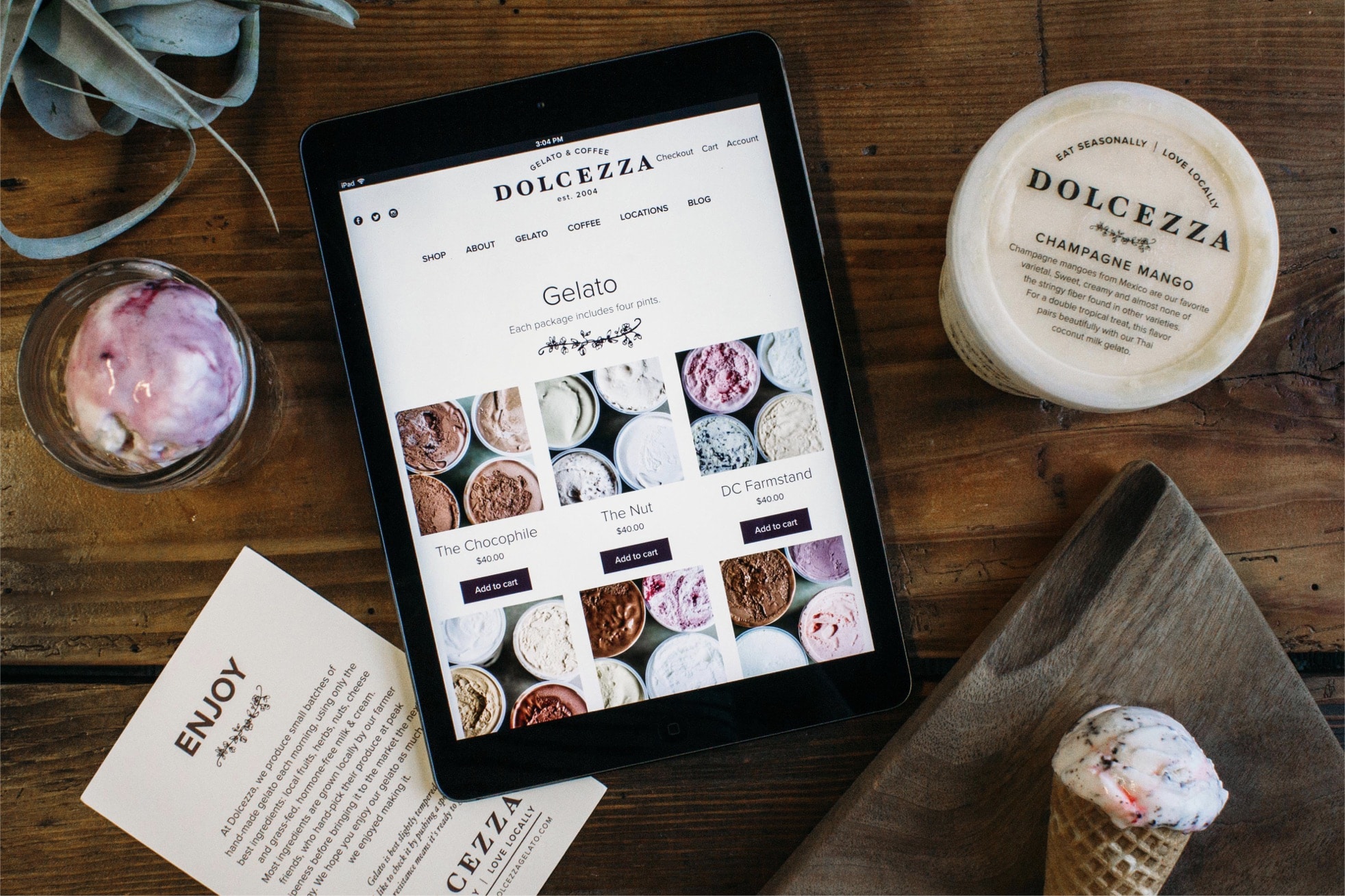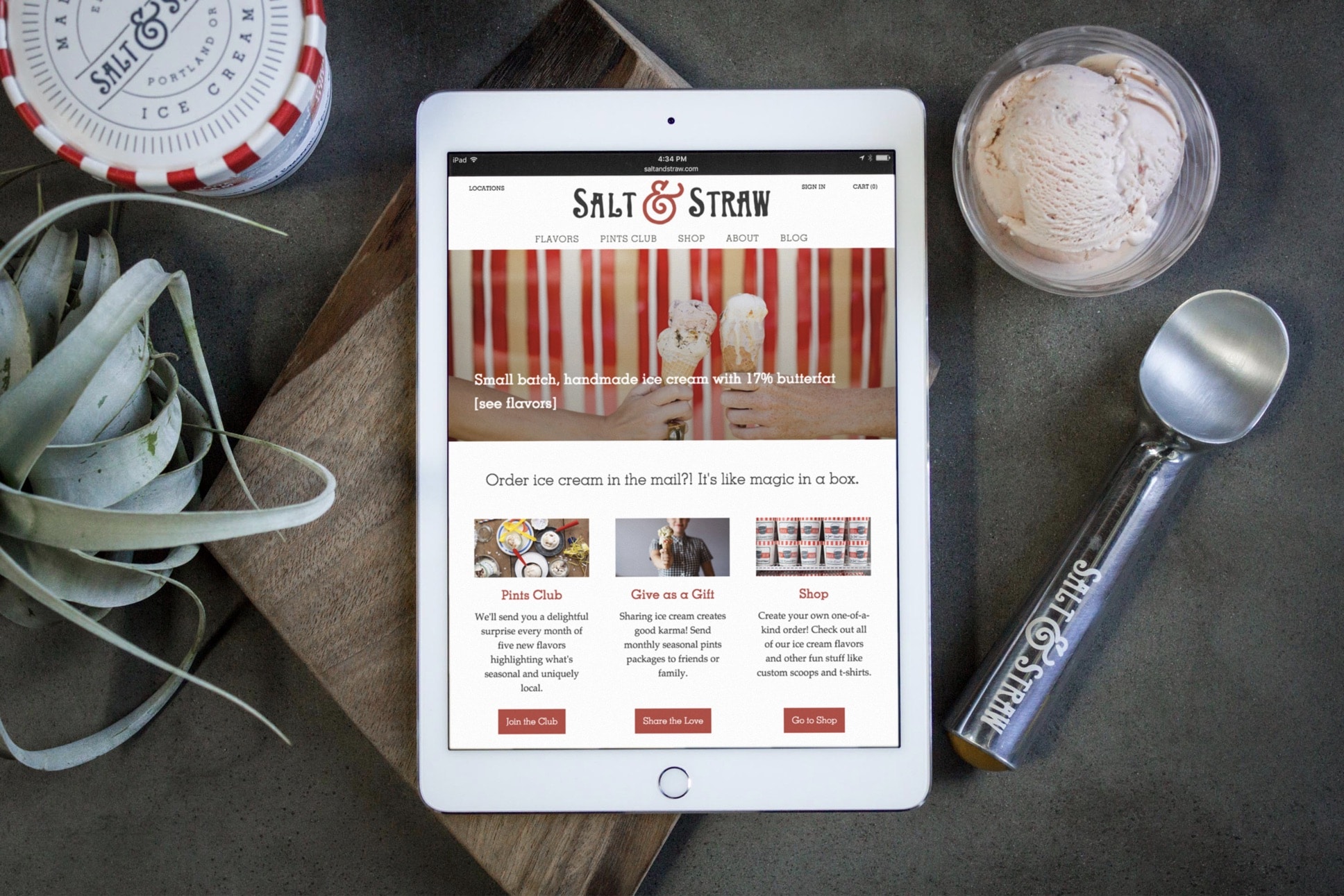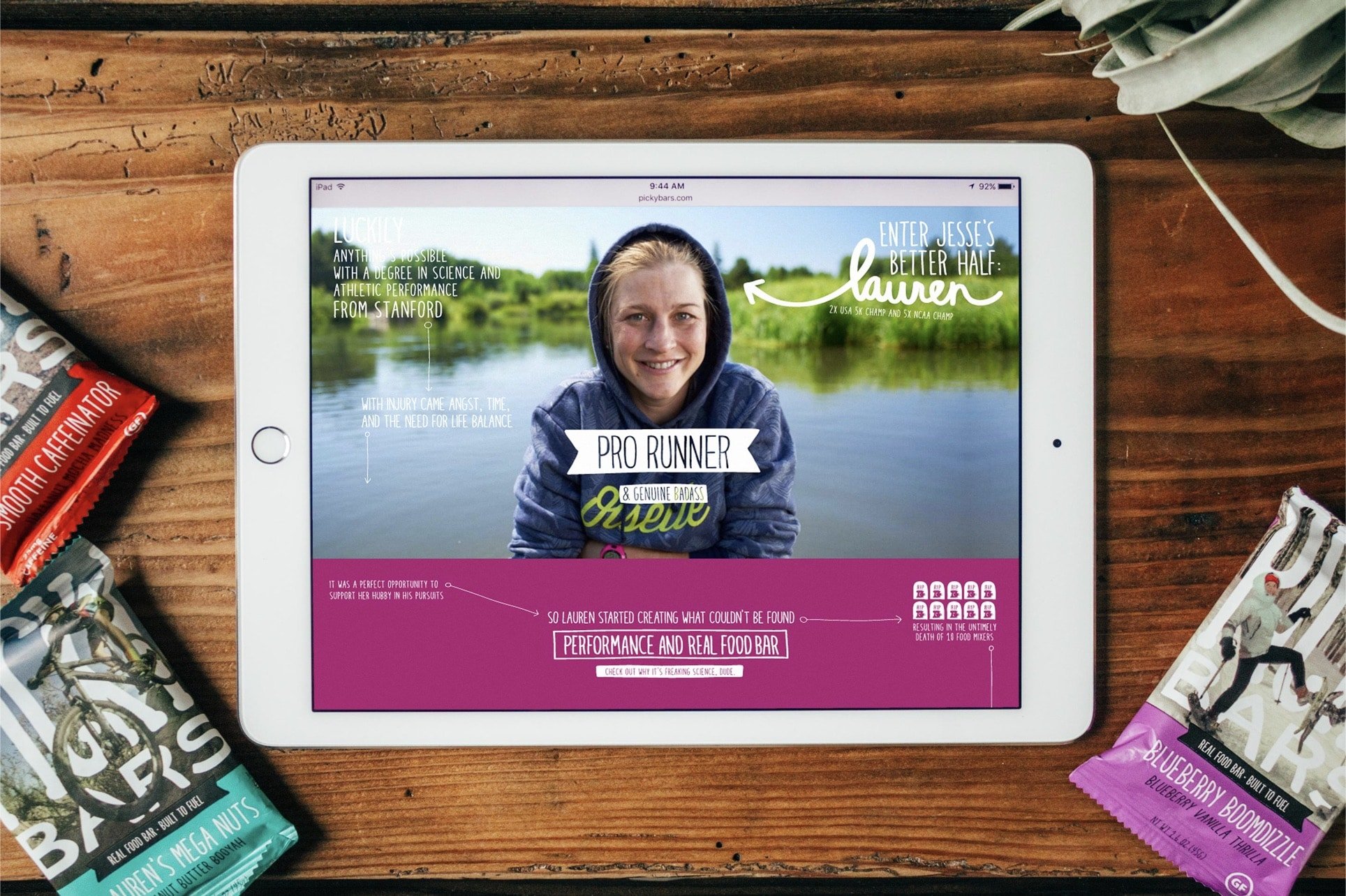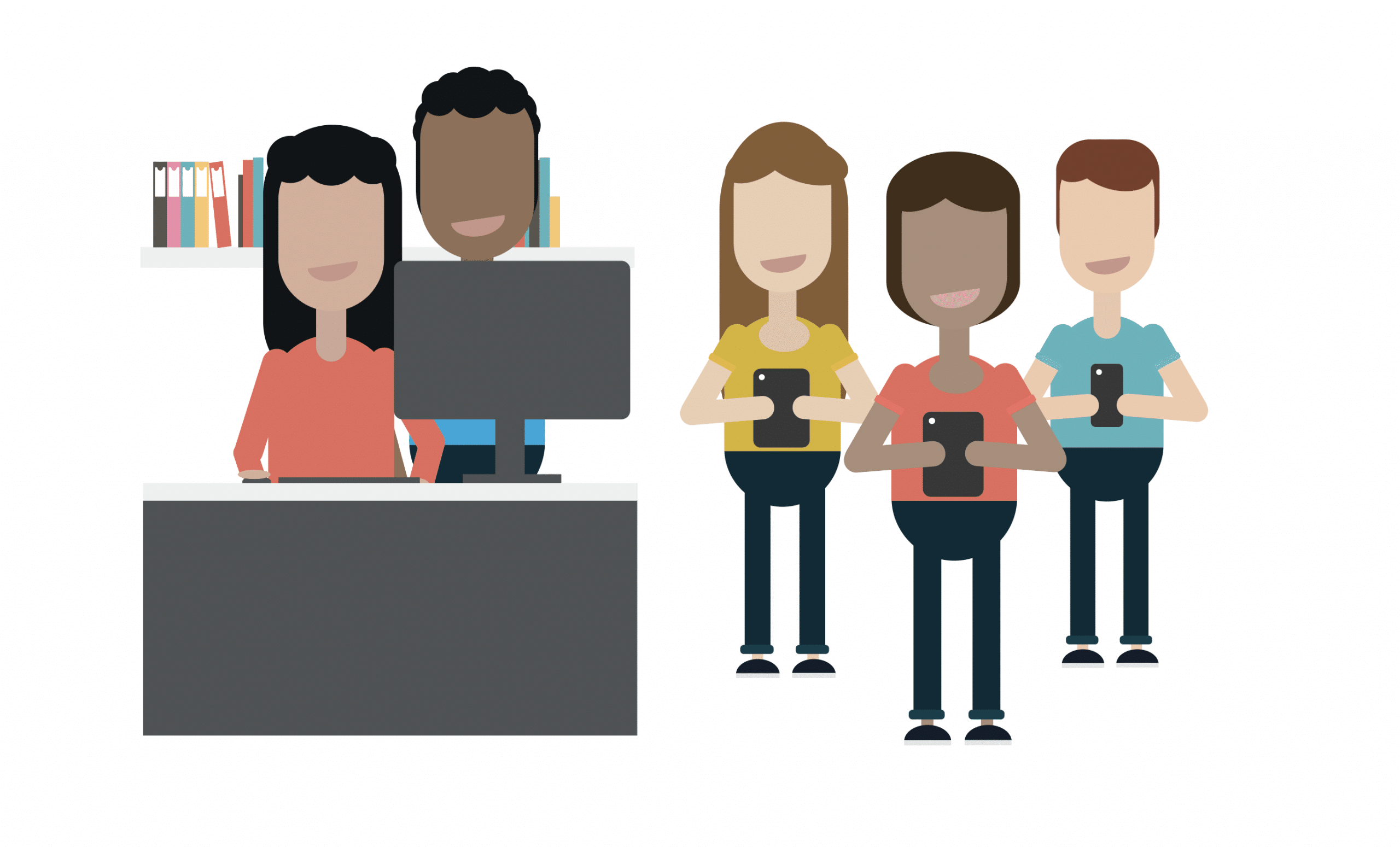Hello
The writer and social critic James Baldwin would tell this story. He said that, as a child, his father had said this phrase to him over and over.
Every room you walk into is better because you are there.
That thought just blows me away. Surely, each of us wants to make the world around us better, in the ways that we can. And so, it became a mantra in my mind…
MAKE every room you walk into better because you are there.
Today, I’d like to talk to you about custom web design, something that Needmore has been doing for the last 15 years for clients in coffee, specialty food and drink, and hospitality. We are a small studio and so we are sometimes brought on as the designers on a project, sometimes the developers, and oftentimes to do the whole project.

Our work in coffee in particular has given us unique insights into how to use websites to differentiate products because coffee design has some interesting challenges. AKA Coffee’s Creative Director Brian Jones summed up the challenges with coffee design quite well. He said that…
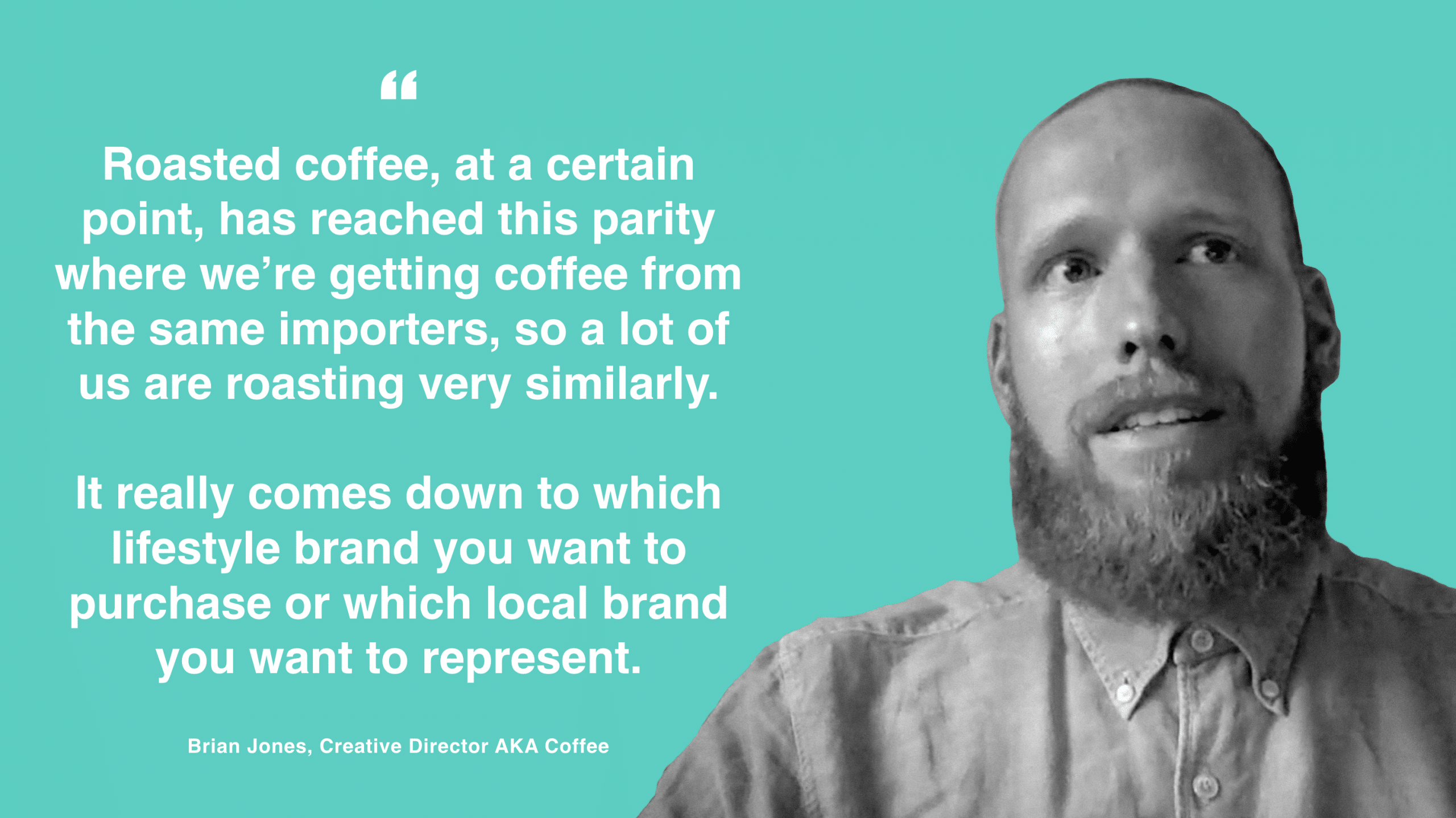
Design then becomes hugely important in distinguishing roasters from each other. And so, it follows that being able to customize your e-commerce platform is important. This is the case for all sorts of industries and so we can take the lessons learned and integrate them into our overall process.
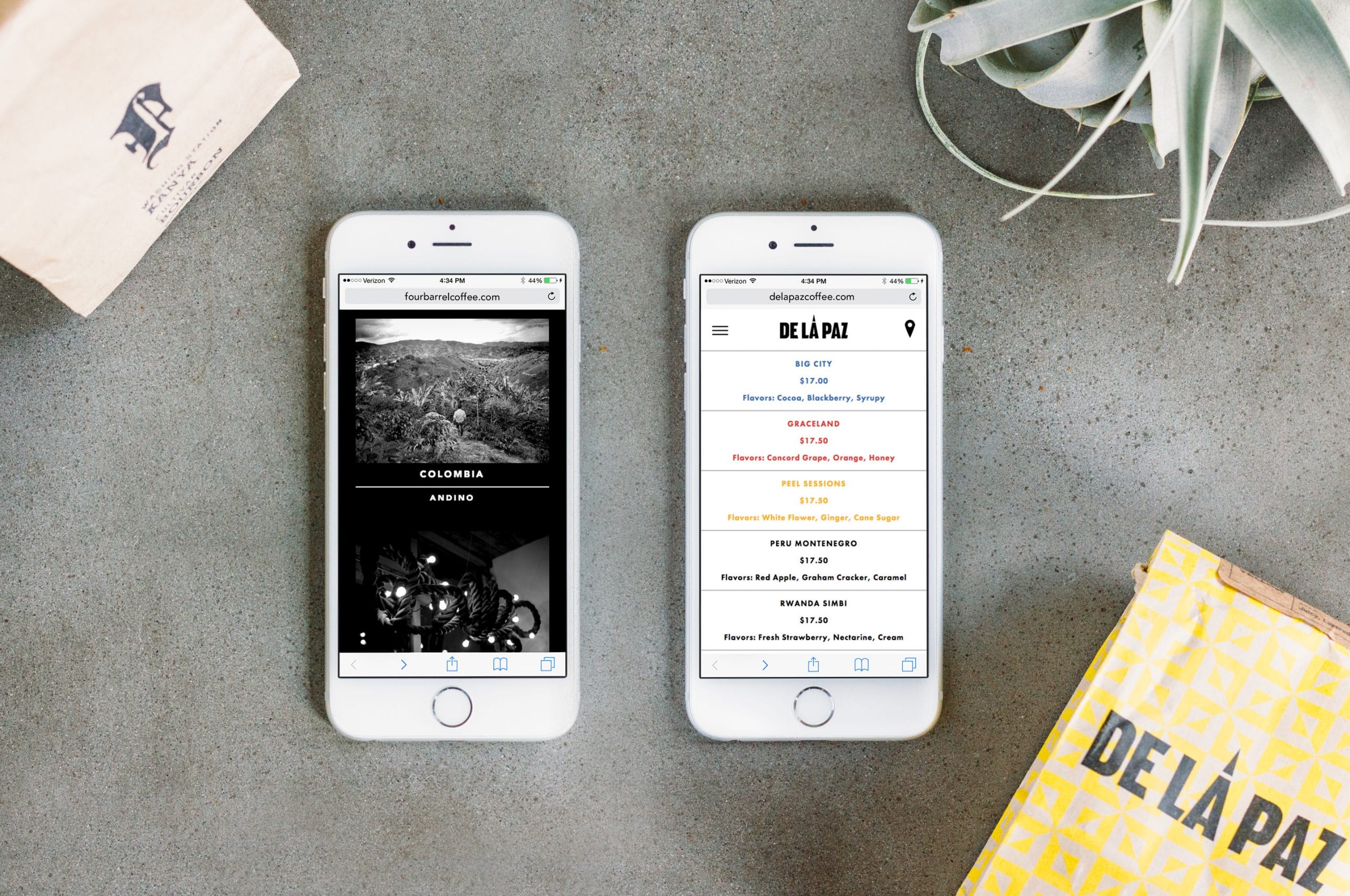
Over the years, we’ve continuously sought after a platform that would allow us to create uniquely customized websites. After a lot of trial and error, this eventually led us to WooCommerce. What a breath of fresh air! No other platform lets us customize like WooCommerce does. This is true of everything from the front-end design to the fulfillment process and transactional email content, all of which are critical to a successful custom design.
Why, How, Who
With a platform in place, we’ve turned our attention to fine tuning our process for designing and producing customized websites. I’d like to share our exploration in 3 areas:
- Why customization is important.
- How we’ve molded our web design process to encourage the kinds of creative problem solving customization calls for.
- Our thoughts about the role team members play in these projects.
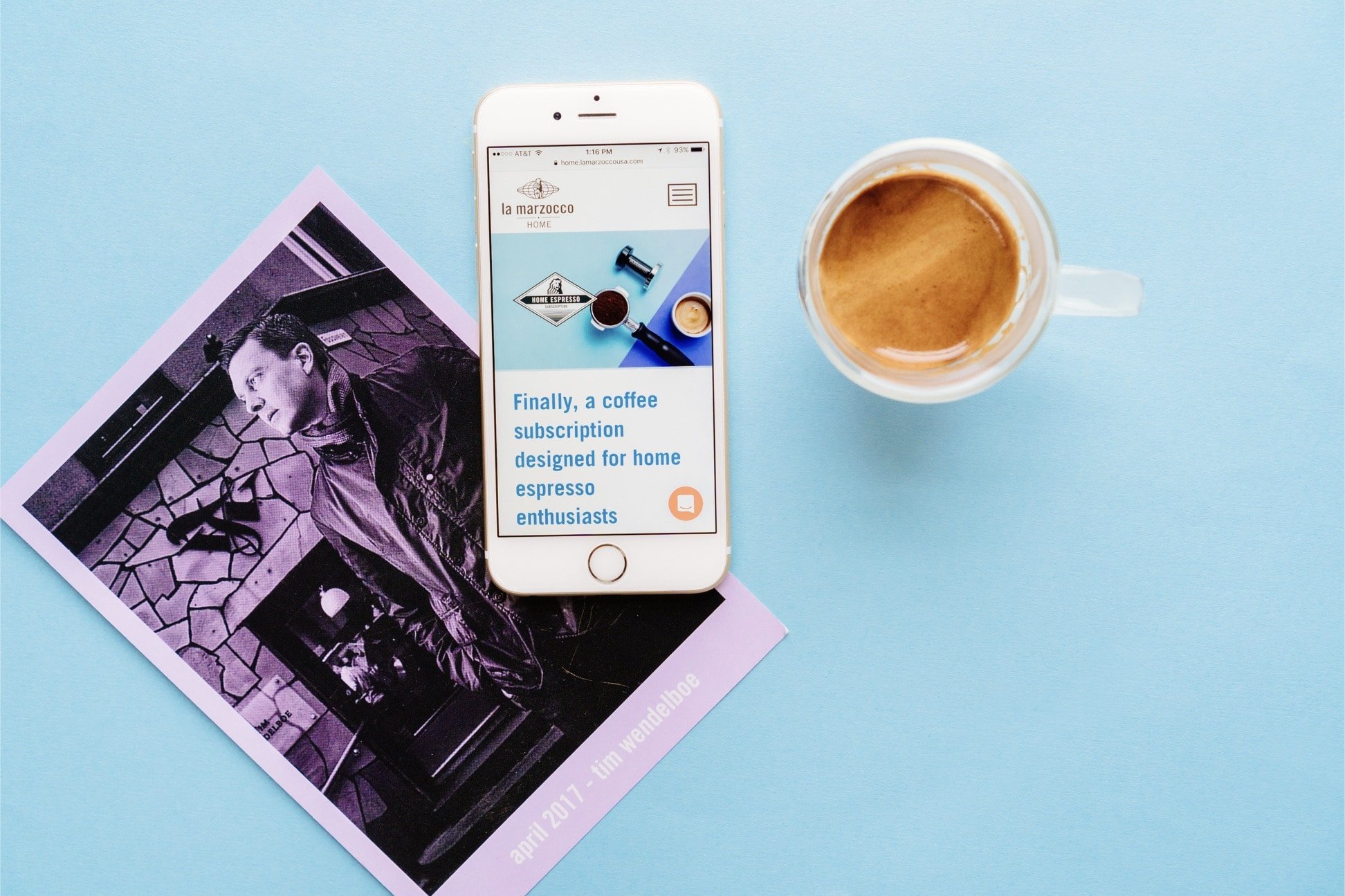
It is my hope that you will bring back some of these ideas to your own projects and make every project you join better because you are there.
Why customize a website at all?
The simple answer is that, when you customize a website, it is because someone hires you to make it. You are producing a website for someone who has something to sell. But, you aren’t customizing to simply make an interesting looking website or to build up your portfolio. Rather, you are producing websites to help your clients sell their goods or services or drum up donations. That means it helps to know a bit about how and why people choose where to spend.
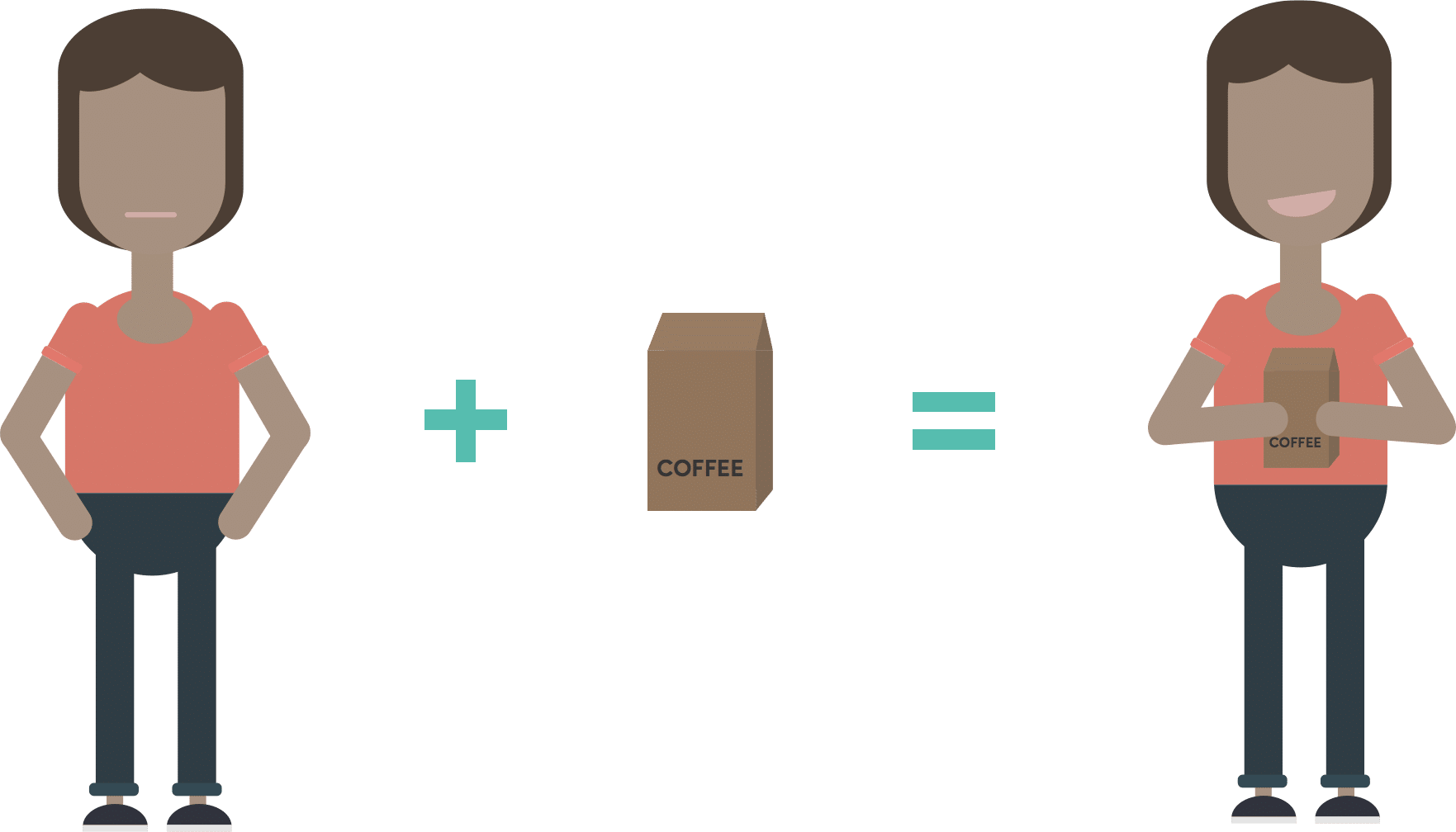
When making an online shop, its natural to focus on the most straightforward path for a visitor to buy a product. You show a coffee bag, you make it easy to buy said coffee bag. You think about where to put the shop link. Where to put the buy button. Which, of course, you absolutely want to make possible. You want to get the product into the hands of customers.
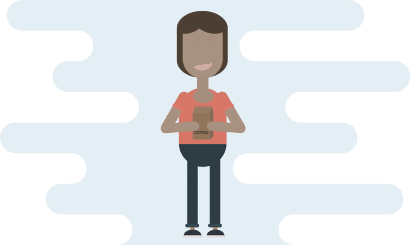
But, people are nuanced. We need more. We have this funny ability to adapt over time to having things in our life, and yet we tend to cherish the memory of experiences.
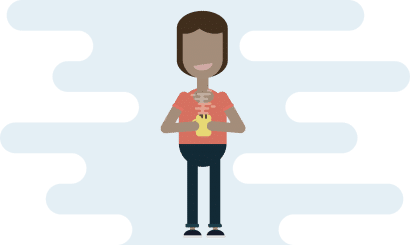
Social research says that experiences make people happier than things do. Sipping coffee makes us happier that holding a bag of beans. This is true both in the short term and long term. Why?
Dr. Thomas Gilovich, Cornell University psychology professor notes that:
We consume experiences directly with other people and after the experiences are gone, they’re part of the stories we tell one another.
They become part of our life histories. They become interwoven with who we are and the stories we tell about ourselves.

And so, when you create a website, you are not simply making it possible for a person to purchase a product. You aren’t selling a bag of coffee. You are describing the experience of sipping a warm cup of coffee on a cold morning. Or of the pride in a freshly cut front lawn. Or of a lovely night spent with friends sipping wine. You are describing the idea of a future state of happiness.
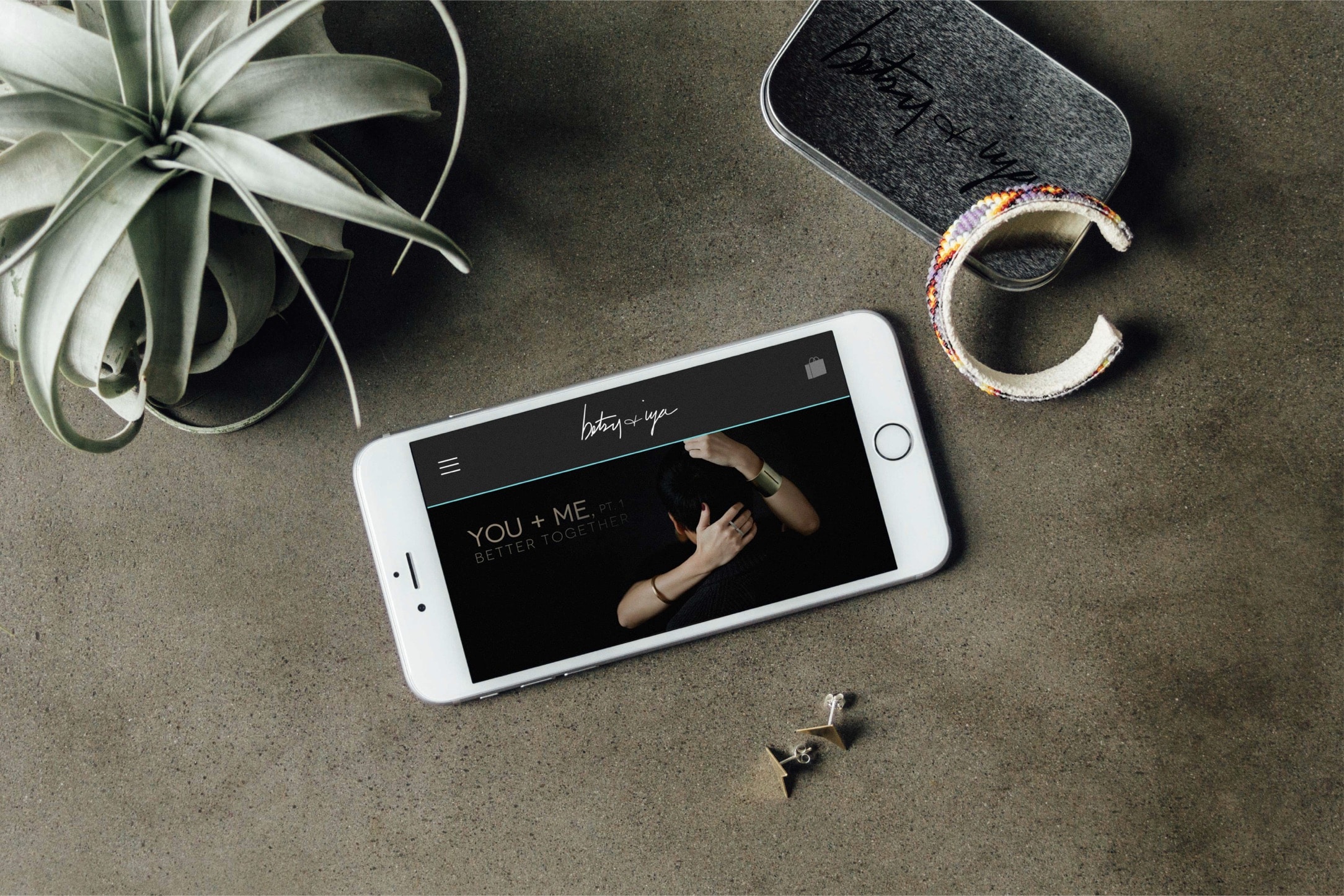
To do this, you need to make an emotional connection and allow visitors to your websites to begin imaging themselves with the products you are telling them about, to imagine how their day might be enhanced.
How do you give this emotional connection room to grow? You need to make paths on your websites for developing connections, for wandering. Rather than focusing on conversions on every page, build in paths that actually elongate the purchasing experience for visitors that want to stroll through a website. Paths that tell stories. Some pages on your website should exist as part of a journey of learning about and falling for a product, service, or brand. These paths, along with the infusion of brand story and voice into a website, are the basis of customization and what makes it such a useful tool in creating a successful online shop.
This is Part 01 of a 3-part series on custom web design, based on the Keynote talk I gave at WooConf 2017. Part 02 outlines our process for customization. Part 03 talks about the role of the individual and teams in creative projects.


